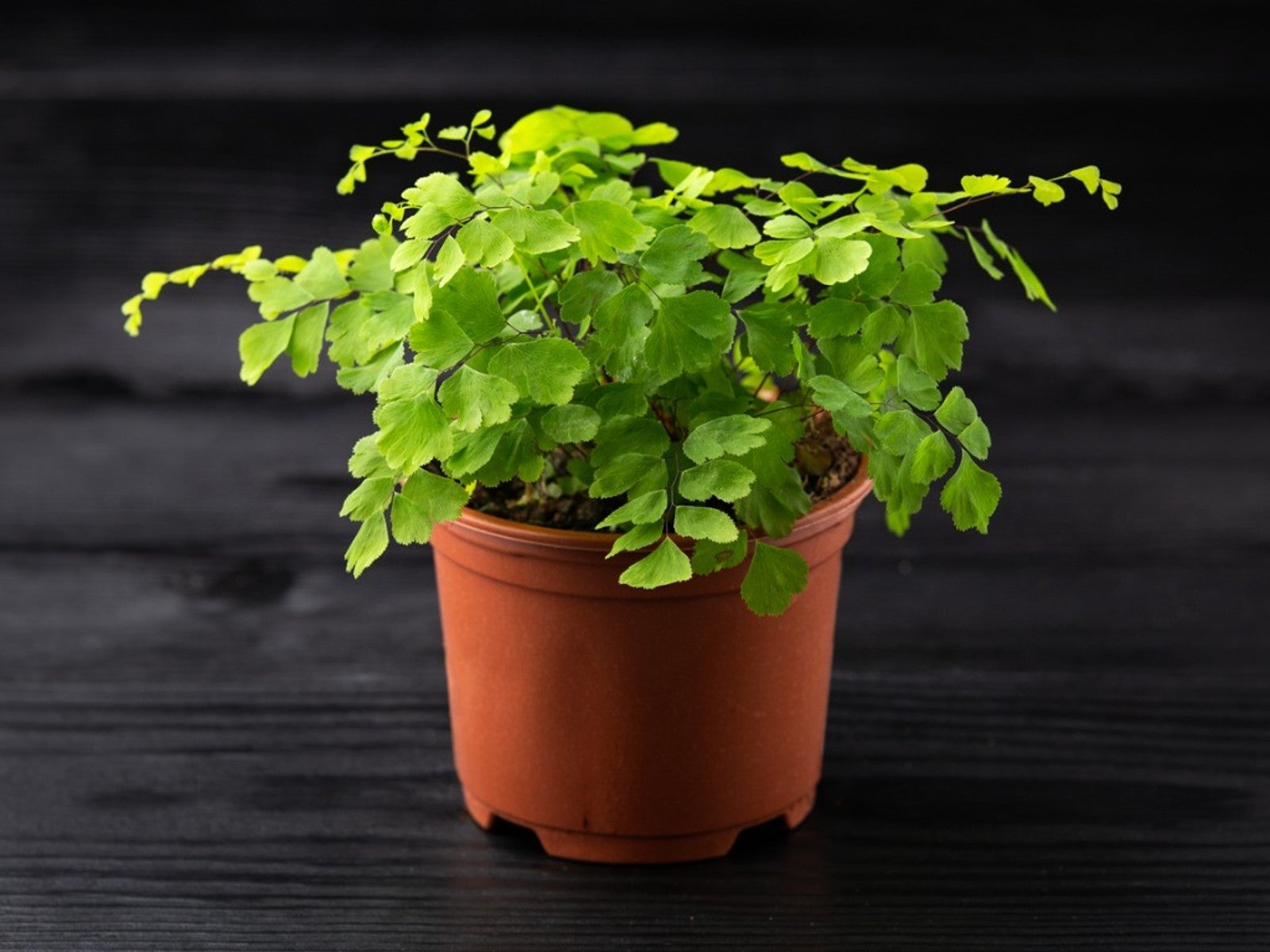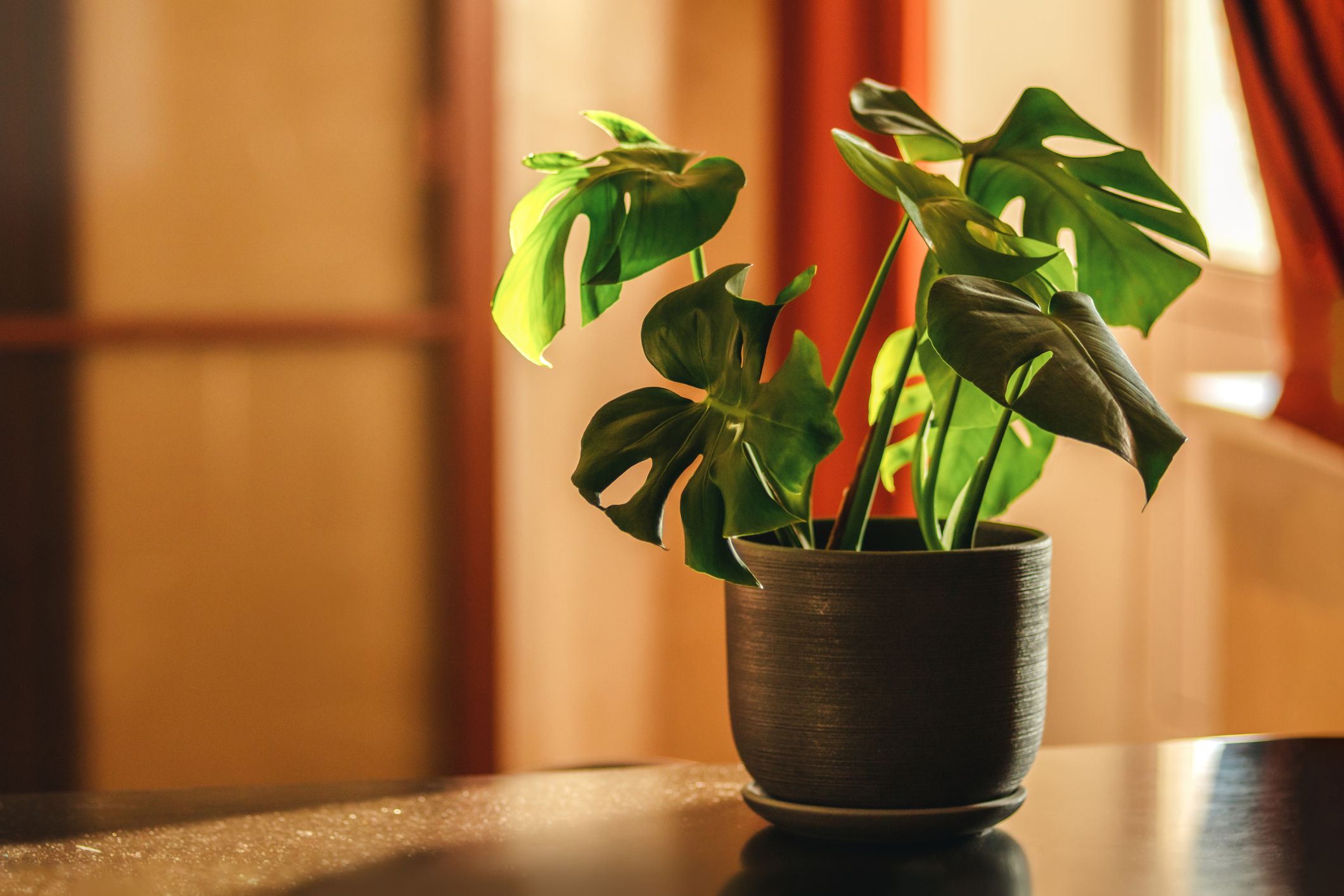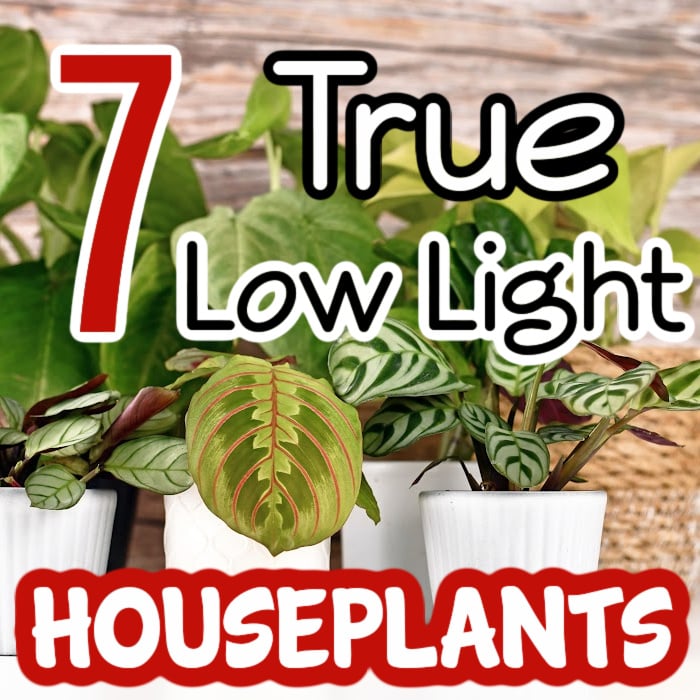Reveal the Keys of Low-Light Indoor Plants and Exactly How They Enhance Your Environment
Low-light interior plants have gathered raising focus for their special capacity to improve both visual appeal and ecological high quality within homes and workplaces. These durable species, consisting of the Serpent Plant and Tranquility Lily, not only flourish in tough illumination problems yet also play a crucial function in air purification and psychological well-being. Comprehending the details advantages and treatment needs of these plants can dramatically influence your space. As we explore the ins and outs of their advantages, you may find insights that might transform your environments in unanticipated ways.
Benefits of Low-Light Indoor Plants
Although many individuals presume that interior plants need abundant sunlight to prosper, low-light indoor plants provide a plethora of advantages that make them optimal for different settings. One of the key advantages is their flexibility; they can grow precede with minimal all-natural light, such as workplaces, basements, or rooms with little windows. This function permits people to enhance their environments with greenery, adding to boosted aesthetics without the demand for considerable lighting adjustments.
Moreover, low-light interior plants can considerably improve indoor air high quality by filtering system harmful toxic substances and launching oxygen, making living spaces healthier. Research study has shown that particular varieties can take in pollutants, therefore advertising a cleaner environment. Additionally, they can improve psychological health by minimizing anxiety and increasing efficiency. The visibility of plants has actually been connected to greater feelings of tranquility and emphasis.
Moreover, low-light plants frequently need less maintenance than their sun-loving equivalents, making them suitable for busy people or those new to horticulture. Their resilience allows them to thrive with marginal intervention, thus providing a rewarding experience for plant enthusiasts and newbies alike. In summary, low-light interior plants offer both functional and aesthetic purposes, making them important additions to any area.
Top Low-Light Plant Varieties
Low-light interior plants come in a variety of types, each offering one-of-a-kind characteristics and advantages matched for dark atmospheres. Amongst one of the most prominent ranges is the Serpent Plant (Sansevieria), known for its building leaves and air-purifying capacities. This resilient plant prospers on overlook and can endure a large range of light conditions.
One more exceptional selection is the ZZ Plant (Zamioculcas zamiifolia), which includes glossy, dark eco-friendly leaves and is very drought-tolerant. Its flexibility makes it a favored for offices and homes with limited sunlight.
The Pothos (Epipremnum aureum) is also a leading challenger, with its tracking vines and heart-shaped fallen leaves - Best low-light indoor plants. This functional plant can be educated to climb or waterfall, including visual interest to any space

Treatment Tips for Low-Light Plants
Caring for low-light indoor plants requires a nuanced understanding of their certain requirements to make sure ideal development and vitality. It is crucial to select the ideal potting mix, as a well-draining soil is vital to prevent origin rot. A mix developed for houseplants, typically containing peat moss and perlite, functions well for the majority of low-light selections.
Watering is another essential facet of treatment. Low-light plants generally need much less regular watering contrasted to their sun-loving counterparts.
Fertilization needs to be come close to with caution. Throughout the expanding period, a diluted liquid fertilizer can be used monthly, however in winter months, numerous low-light plants enter inactivity and require little to no fertilizing.
Finally, it's important to occasionally clean up the fallen leaves to remove dirt, permitting better light absorption. By sticking to these care tips, you can grow a thriving atmosphere for your low-light indoor plants, enhancing both their look and durability.
Enhancing Air Quality With Plants
Indoor plants play a significant role in improving air top quality within homes and office rooms. Through the process of photosynthesis, these plants absorb co2 and launch oxygen, adding to a much healthier ambience. Furthermore, particular low-light interior plants possess the ability to filter unsafe contaminants, such as benzene, trichloroethylene, and formaldehyde, which are generally discovered in indoor settings.

Furthermore, the existence of indoor plants can increase humidity degrees, which aids relieve completely dry skin and breathing concerns, further boosting general wellness. This ability to enhance air high quality not only promotes physical wellness but likewise supports psychological health.
Including low-light indoor plants into your living investigate this site and working rooms can result in a more invigorating and lively setting (Best low-light indoor plants). Investing in these all-natural air purifiers is an easy yet reliable technique for enhancing interior air top quality and cultivating a healthier way of living
Producing a Peaceful Indoor Room
The assimilation of plants into living spaces not only boosts air top quality yet additionally adds to a peaceful environment. Low-light interior plants, such as snake plants and pothos, are particularly effective in producing a tranquil environment, as they thrive in conditions that might or else be inhospitable for other greenery. Their lush foliage offers a relaxing aesthetic, minimizing anxiety and promoting relaxation.
Integrating these plants right into your home or workplace can evoke a feeling of tranquility and health. Purposefully positioning them in locations where you invest significant time, such as living rooms or workspaces, permits an immersive experience with nature, which has actually been revealed to boost state of mind and cognitive function.
Additionally, the mild activity of fallen leaves in reaction to air movement can develop a vibrant visual component that improves the overall ambiance. Take into consideration utilizing a variety of plant heights and structures to add deepness and interest to your space. With thoughtful placement and treatment, low-light interior plants can transform any kind of location into a calm refuge, fostering not only aesthetic complete satisfaction but also emotional and mental wellness.

Conclusion
Incorporating low-light interior plants right into numerous settings returns significant benefits, consisting of boosted air top quality and boosted aesthetic allure. The transformative power of low-light plants highlights their value in enhancing both household and work setups.
Although numerous people assume that indoor plants require bountiful sunshine to prosper, low-light indoor plants offer a wide variety of benefits that make them optimal for various environments.In addition, low-light interior plants can substantially boost indoor air quality by filtering system dangerous toxic substances and releasing oxygen, making living rooms healthier. Furthermore, particular low-light interior plants possess the ability to filter damaging pollutants, such as benzene, formaldehyde, and trichloroethylene, which are commonly located in indoor atmospheres.
Low-light indoor plants, such Home Page as serpent plants and pothos, are particularly reliable in creating a tranquil setting, as they prosper in conditions that may otherwise be unwelcoming for various browse around here other greenery.Including low-light indoor plants into different environments yields substantial advantages, consisting of boosted air quality and improved visual appeal.